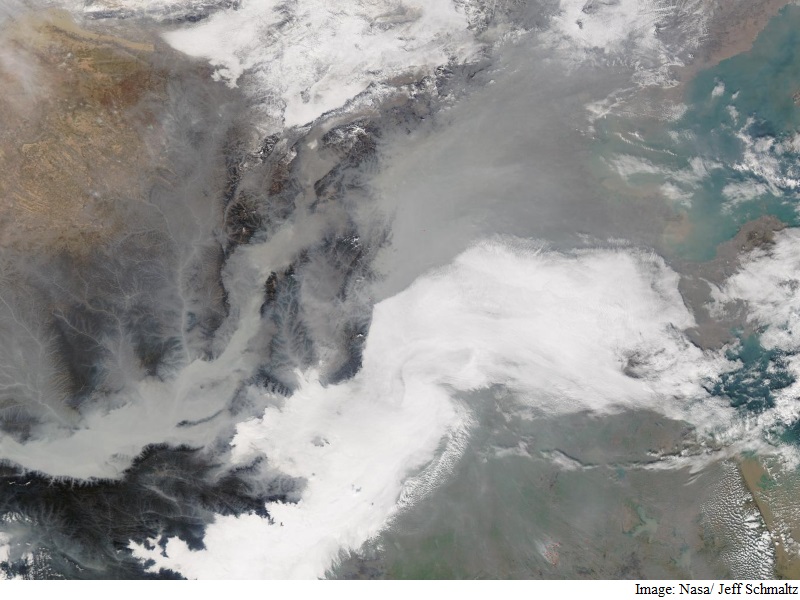NEWS

Earth's Recent History Key to Predicting Global Temperatures: Study

Nasa scientists have calculated the temperature impact of different climate drivers such as greenhouse gases, ozone concentrations and land use changes based on historical observations over 150 years.
To quantify climate change, researchers need to know the Transient Climate Response (TCR) and Equilibrium Climate Sensitivity (ECS) of Earth.
Both values are projected global mean surface temperature changes in response to doubled atmospheric carbon dioxide concentrations but on different timescales.
There have been many attempts to determine TCR and ECS values based on the history of temperature changes over the last 150 years and the measurements of important climate drivers, such as carbon dioxide, researchers said.
As part of that calculation, researchers have relied on simplifying assumptions when accounting for the temperature impacts of climate drivers other than carbon dioxide, such as tiny particles in the atmosphere known as aerosols, for example.
It is well known that aerosols such as those emitted in volcanic eruptions act to cool Earth, at least temporarily, by reflecting solar radiation away from the planet.
In a similar way, land use changes such as deforestation in northern latitudes result in bare land that increases reflected sunlight.
However, assumptions made to account for these drivers are too simplistic and result in incorrect estimates of TCR and ECS, said study co-author Gavin Schmidt, the director of Nasa's Goddard Institute for Space Studies (GISS) in New York.
"The problem with that approach is that it falls way short of capturing the individual regional impacts of each of those variables," he said, adding that only within the last ten years has there been enough available data on aerosols to abandon the simple assumption and instead attempt detailed calculations.
In a Nasa first, researchers at GISS accomplished such a feat as they calculated the temperature impact of each of these variables - greenhouse gases, natural and manmade aerosols, ozone concentrations, and land use changes - based
on historical observations from 1850 to 2005 using a massive ensemble of computer simulations.
Analysis of the results showed that these climate drivers do not necessarily behave like carbon dioxide, which is uniformly spread throughout the globe and produces a consistent temperature response; rather, each climate driver has a particular set of conditions that affects the temperature response of Earth.
Since earlier studies do not account for what amounts to a net cooling effect for parts of the northern hemisphere, TCR and ECS predictions have been lower than they should be.
This means that Earth's climate sensitivity to carbon dioxide - or atmospheric carbon dioxide's capacity to affect temperature change - has been underestimated, researchers said.
No comments:
Post a Comment